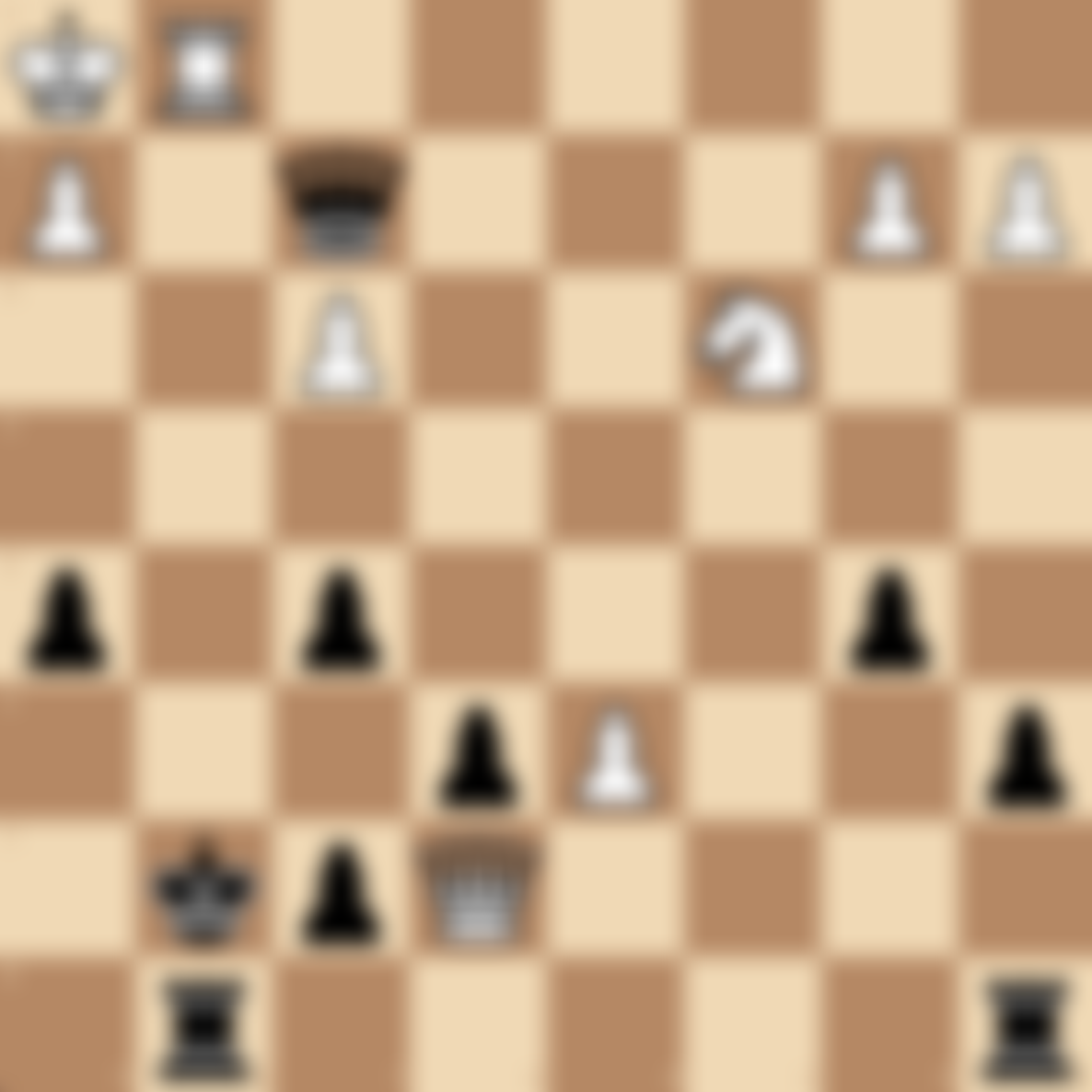Decoy and Deflection Tactics in Chess: Luring Pieces to Their Doom
Table of Contents
- Introduction
- Understanding Decoy Tactics
- Understanding Deflection Tactics
- Similarities and Differences
- Common Decoy and Deflection Patterns
- Famous Games Featuring Decoy and Deflection
- Setting Up Decoy and Deflection Traps
- Defending Against Decoy and Deflection Tactics
- Decoy and Deflection in Different Game Phases
- Practice Decoy and Deflection Puzzles
- FAQs
Introduction
Decoy and deflection tactics are powerful tools in a chess player's arsenal. At chesspuzzles.io, we've created this comprehensive guide to help you understand, identify, and execute these cunning maneuvers. We'll explore the nuances of both tactics, their applications, and provide examples from famous games to enhance your tactical acumen.
Understanding Decoy Tactics
A decoy tactic involves luring an enemy piece to an unfavorable square. Key features include:
- Offering a sacrifice or apparent opportunity to the opponent
- The target piece is "decoyed" to a square where it's vulnerable or ineffective
- Often leads to material gain or checkmate
Decoy tactics are powerful because they:
- Force the opponent's pieces into unfavorable positions
- Create unexpected tactical opportunities
- Can quickly turn the tide of a game
Understanding Deflection Tactics
A deflection tactic involves forcing an enemy piece away from a critical defensive duty. Key features include:
- Attacking a piece that's defending a key square or another piece
- The defending piece is forced to move, exposing a weakness
- Often leads to material gain or checkmate
Deflection tactics are effective because they:
- Disrupt the opponent's defensive coordination
- Create immediate threats or tactical opportunities
- Can exploit overloaded pieces
Similarities and Differences
Similarities:
- Both involve manipulating the opponent's piece placement
- Both often lead to material gain or checkmate
- Both require careful calculation and foresight
Differences:
- Decoys lure pieces to unfavorable squares; deflections force pieces away from critical squares
- Decoys often involve sacrifices; deflections typically involve threats
- Decoys can sometimes be more subtle; deflections are often more direct
Common Decoy and Deflection Patterns
-
Queen Decoy
- Luring the queen away from a critical defensive role
-
King Decoy
- Forcing the king to move to a square where it's vulnerable to attack
-
Rook Deflection
- Moving a rook away from defense of the back rank
-
Bishop Deflection
- Forcing a bishop off a critical diagonal
-
Pawn Decoy
- Using a pawn push to lure an enemy piece to a bad square
-
Knight Fork Decoy
- Luring a piece to a square where it can be forked by a knight
Famous Games Featuring Decoy and Deflection
- Lasker vs. Thomas, London 1912 (The famous queen sacrifice decoy)
- Petrosian vs. Pachman, Bled 1961 (Subtle rook deflection)
- Fischer vs. Benko, US Championship 1963 (Complex series of decoys and deflections)
Setting Up Decoy and Deflection Traps
To create opportunities for decoy and deflection tactics:
- Look for overloaded pieces (defending multiple targets)
- Identify pieces with limited mobility
- Consider sacrifices that force the opponent's response
- Create threats that limit the opponent's options
- Anticipate your opponent's defensive moves and plan accordingly
Defending Against Decoy and Deflection Tactics
To avoid falling victim to decoy and deflection tactics:
- Be wary of "too good to be true" opportunities
- Maintain good piece coordination
- Avoid overloading single pieces with too many defensive duties
- Calculate deeply when faced with unexpected sacrifices or threats
- Create escape squares for your king to avoid decoy checkmates
Decoy and Deflection in Different Game Phases
-
Opening
- Rare, but can occur in some sharp, tactical openings
- Often part of prepared traps
-
Middlegame
- Most common phase for decoy and deflection tactics
- Often combined with other tactical motifs for maximum effect
-
Endgame
- Can be decisive, especially in positions with few pieces
- Often used to create winning pawn endgames
Practice Decoy and Deflection Puzzles
Improve your skills with our collection of Decoy and Deflection puzzles on chesspuzzles.io:
Try our Decoy and Deflection Puzzles on chesspuzzles.io now
Challenge yourself with these tactical puzzles designed to enhance your ability to spot and execute decoy and deflection tactics in various positions.
FAQs
Q: Are decoy and deflection tactics only for advanced players? A: While these tactics can be complex, players of all levels can benefit from understanding and practicing them. Start with simpler examples and gradually work your way up to more complex positions.
Q: How can I improve my ability to spot decoy and deflection opportunities? A: Regular practice with targeted puzzles, studying games featuring these tactics, and analyzing your own games can significantly improve your pattern recognition for decoy and deflection opportunities.
Q: Can decoy and deflection tactics be combined in a single combination? A: Absolutely! Many complex combinations involve both decoy and deflection elements, often in conjunction with other tactical motifs like pins, skewers, or discovered attacks.
Master the art of decoy and deflection tactics to add powerful weapons to your chess arsenal! Ready to test your skills? Try our Decoy and Deflection Puzzles on chesspuzzles.io now and elevate your tactical prowess to new heights.
